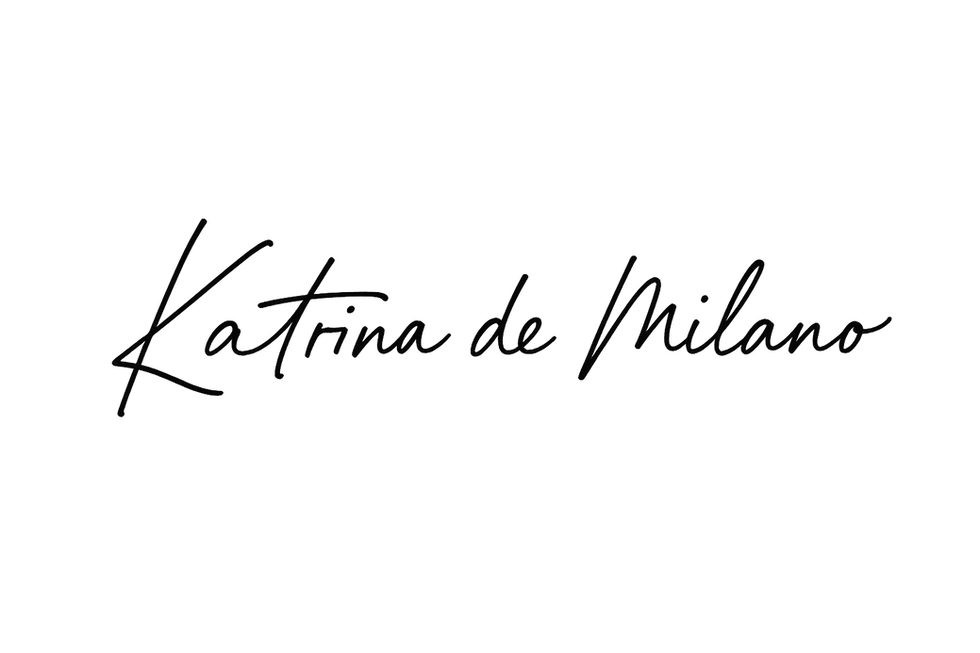📤 How to Submit Your Book: A Guide for Writers Ready to Share Their Work
- Katrina De Milano

- 19 июл.
- 4 мин. чтения
Because finishing the book is brave — but sharing it is braver still.
You’ve rewritten. You’ve trimmed, shaped, restructured, and polished until your words said exactly what you meant — or as close as they were ever going to get.
You’ve questioned every comma. Reread every line. You’ve whispered to yourself: Is this really done?
And now, you’re here.
At the part no one talks about enough. The quiet threshold where the writing ends… and the releasing begins.
Because submitting your work — whether to a literary agent, a publishing platform, or the world at large — isn’t just a technical process. It’s an emotional milestone. It’s the moment you gather all your courage, all your doubt, all your hope, and say:
“Here. I made this.”
Let’s walk through that moment together — with clarity, confidence, and as little panic as possible.
📨 Submitting to Agents and Publishers
The Traditional Route
If you’re pursuing traditional publishing, your submission package is more than a formality — it’s your book’s first impression.
Here’s what you’ll need to prepare before sending anything out:
✍️ 1. A Compelling Query Letter
This is your story’s elevator pitch — its handshake, smile, and introduction all rolled into one.
A great query letter should include:
A strong opening hook (like a movie trailer in one sentence)
A brief summary of the plot (with clear stakes and emotional weight)
A short author bio (1–2 sentences that add context, not a resume)
🎯 Keep it under one page. Let your voice shine through. And when possible, personalize it — mention why this agent or publisher is a good fit for your book.
📄 2. A Clear, One-Page Synopsis
Yes, it must fit on one page. And yes, it must include the ending.
This isn’t a teaser — it’s a summary. Your goal is clarity, not mystery.
Make sure to:
Write in third person, present tense
Focus on cause and effect (what happens and why)
Include major turning points, including the conclusion
🎯 The synopsis is often the hardest piece to write. Aim for clear and structured — not clever or flowery.
📘 3. A Polished Manuscript
Your manuscript should be formatted according to standard industry guidelines:
12 pt font (usually Times New Roman)
Double-spaced, 1-inch margins
Clean file with no typos or inconsistent spacing
Most agents will ask for the first 5–10 pages pasted into the body of the email — not as an attachment. Always, always check their individual submission requirements.
🧠 Bonus tip: If you admire the agent’s work, mention it. A thoughtful, well-researched query stands out.
🧑💻 Submitting as a Self-Published Author
The Indie Route
If you’re preparing to publish on platforms like Amazon KDP, IngramSpark, or Draft2Digital, your submission process will look different — but it’s just as significant.
You’re not asking for permission. You’re pressing “go.”
✅ Your Final Files
Here’s what you’ll need ready to upload:
A properly formatted interior file (PDF for print, ePub for eBook)
A high-resolution cover design (formatted to platform specs)
A strong, reader-focused book description
Keywords and categories to improve discoverability
An author bio and photo (optional but helpful)
🎯 Your book description is not a synopsis. It’s marketing copy — it sells the emotion, promise, and tone of your book. Spend time getting it right.
🧰 Platform Setup
Setting up your book involves a series of decisions:
Create your publishing account
Choose pricing, territories, and royalty settings
Select print, eBook, or both
Use the platform’s preview tools to check formatting and layout
🧡 This part can feel overwhelming — but you don’t have to rush it. Take your time. Read everything twice. Hit “publish” only when it feels like a full-body yes.
🚨 Before You Press Send — No Matter the Path
Whichever road you’re walking, take a deep breath before you submit.
Triple-check your formatting and file quality
Proofread your query, synopsis, and metadata
Ask yourself: Would I open this email? Would I click on this book?
Let someone else take a look, if possible — even briefly
And then…
Hit send.
Let it go. Let it move forward. Let it begin its journey beyond you.
✅ Takeaway
Submitting your work is an act of courage.
It means stepping out from behind the safe curtain of revision and saying:
“I’m ready to be seen. I believe in this story enough to let it speak for itself.”
It’s not about perfection. It’s about connection.
So whether you’re emailing your first query, uploading to Amazon, or preparing for launch — give yourself credit for getting this far. For following through. For showing up.
Because this isn’t just the end of writing.
It’s the beginning of everything else.
💬 Let’s Talk: What Scares You Most About How to Submit Your Book?
What part of submitting your book feels hardest for you?
Is it the silence that follows? The vulnerability? The not-knowing?
Let’s talk about it — in the comments or privately. Because this step might feel personal, but you’re not the only one standing on that edge.
And you don’t have to step into the unknown alone.







Коментарі